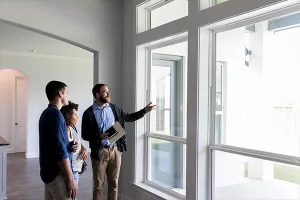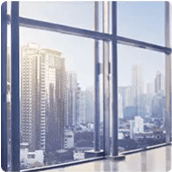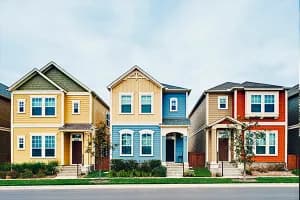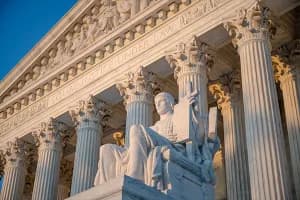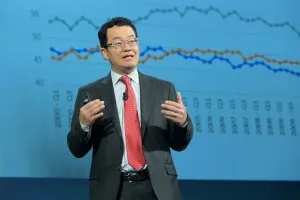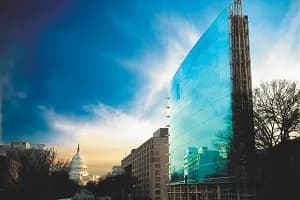The plan was for a tour of The Wharf in Washington, DC as part of NAR’s Legislative Meetings. But in the “new normal” that was set upon us, the conference, and the tour were cancelled. So, I thought I’d have a digital tour of sorts. Obviously, all the photos were taken before COVID-19 and no one knows for sure what rules will be in place to when we are able to enjoy The Wharf in the days to come.
The Wharf, a $2.5 billon, 24-acre development along one mile of the Potomac River’s Washington Channel, is the largest development in Washington, D.C. and the second largest, active waterfront development in the country. It has reestablished Washington, D.C. as a true waterfront city and world-class destination.
Not only does The Wharf feature residential, office, hotel, retail, and cultural uses, as well as a marina, it was built on the vision of creating a place that brings the community together — a place where DC meets to enjoy one-of-a-kind experiences at the waterfront. Accordingly, it includes 10 acres of public waterfront parks, promenades, piers, and docks - all complemented by monumental views and a vibrant culture. Visitors can rent kayaks and paddleboards; go for a skate in the winter; relax by a firepit; or take a stroll along the piers and parks. In addition, The Wharf hosts year-round events and activities that make it an even more desirable place to go.
The Wharf has set the standard for a mixed-use, walkable development across the country. Blocks are short, streets are narrow, styles vary, and the buildings come in an assortment of sizes, from a tented kiosks all the way to a 501-unit residential building encircling a 6000-seat concert hall. Buildings sit just back from the water and a few steps above the esplanade, which gives each one its own terrace or front porch. There are narrow woonerf-style curbless cobblestone roads — where cars, bicycles, pedestrians, and joggers all share the same space.
The Wharf also brought new connectivity to the existing Southwest neighborhood, linking the old and the new together. For example, the developers of The Wharf partnered with the Southwest Business Improvement District (SWBID) and the National Park Service at nearby Banneker Park to install a new bike path and pedestrian stairwell, which recently won ‘Best Public Staircase’ in Washington City Paper’s ‘Best of D.C.’ awards. And now the SWBID is working with the Washington Metropolitan Area Transit Authority to plan improvements to wayfinding and the user experience at and around the L’Enfant Metro subway station to guide people to The Wharf.
The Wharf is also accessible to multiple transit options. Metro and VRE (Virginia Railway Express) are within easy walking distance, and Reagan National Airport and Union Station are about ten minutes away by car. Capital Bikeshare is available onsite and there is also an hourly water taxi connecting The Wharf to Georgetown, Old Town Alexandria, and National Harbor.
In addition to placemaking and walkability features, sustainability was at the forefront of the development and started at the master planning stage and was part of every decision of development, design, construction, and operation. The Wharf:
- Was designed to achieve LEED® ND Gold for the entire Wharf development, and is targeting LEED Gold or Silver for individual buildings;
- Utilizes architecture and materials that are durable, resilient, and will age gracefully;
- Constructed an innovative cistern system, permeable pavements, and substantial vegetative bioretention for stormwater runoff management;
- Installed green roofs, 300 new trees, preservation of mature oaks, and 340 square feet of floating wetland systems; and
- Takes advantage of multiple forms of on-site sustainable energy production and conservation, including a co-generation plant and energy-efficient lighting.
Building on this success of the development to date, Hoffman-Madison Waterfront began Phase 2 of The Wharf in early Spring of 2019, with an expected completion date in 2022. Phase 2 will feature an additional 1.15 million square feet of mixed-use development, including office, residential, marina, and retail space, as well as parks and public spaces.
So, in May, 2021, when the tour of The Wharf will hopefully be re-scheduled pending the post-COVID-19 world, we will get to see more of this great, walkable, amenity-rich development that creates a sense of place for both residents and visitors alike.
